Instructions for connecting a voltage monitoring relay
What is the advantage of such protection?
First, let's talk briefly about how connecting a voltage monitoring relay is better than classic stabilizer installation.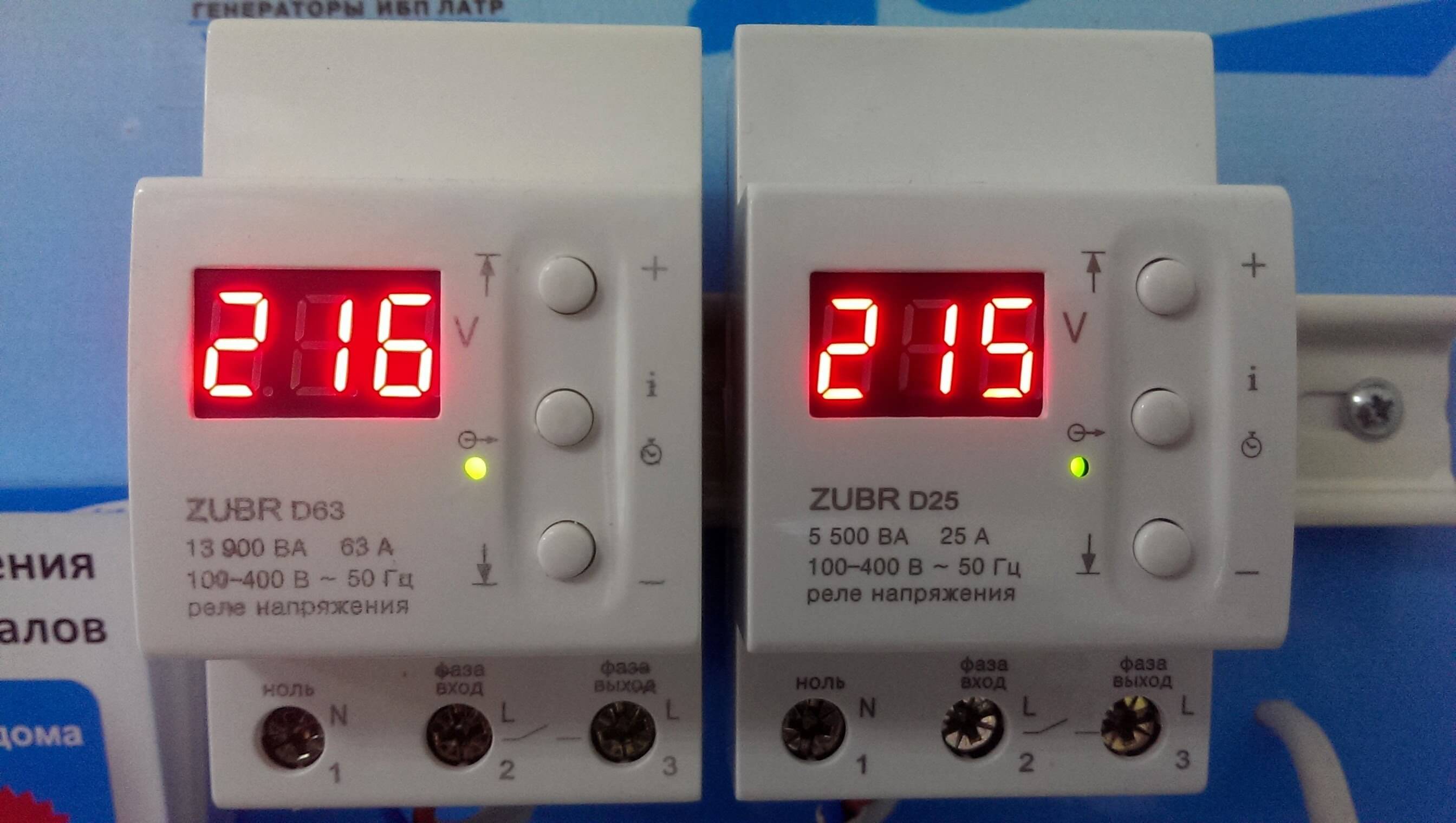
- Firstly, the device in question is more compact and does not take up much space in the apartment electrical panel. As for the stabilizer, to connect it, you need to allocate a separate place, in addition, the installation of this device is more time-consuming.
- Secondly, the voltage relay is triggered an order of magnitude faster, which is its main advantage. The fact is that with a significant deviation of the voltage from the nominal, the stabilizer may need up to 1 second of time. During this time, your Appliances may already burn out. In turn, the voltage relay operates in thousandths of a second and instantly turns off the power in the shield.
- Thirdly, the cost of a compact product is several times less than a high-quality stabilizer. So why pay more if you can connect an alternative protection option?
As you can see, with the existing threatnetwork overvoltage it is better to connect the voltage relay in the apartment yourself. However, this does not mean that the stabilizer does not make sense to use. The fact is that this device allows you to equalize the voltage in the network if it is in the range from 140 to 250 Volts (each model has its own setting) without power outages. We recommend that if there is a network problem, connect both protection options together with a residual current device (RCD) and a circuit breaker.
It should also be noted that overvoltage in the network is most often caused by neutral wire break in the driveway. As a result, a phase imbalance occurs and such a situation may occur that you have a voltage of 300 volts in your apartment, and 110-120 for your neighbors. Both that and other option not comforting for household electrical appliances.
How to install
So, we examined the purpose and advantages of this type of protective automation. Now let's talk about how to properly connect the voltage monitoring relay to a single-phase network and install it on a DIN rail with your own hands! To make the instruction more convenient and understandable for you, we will provide it step by step with photo examples of proper installation:
- Turn off the power at the input shield.
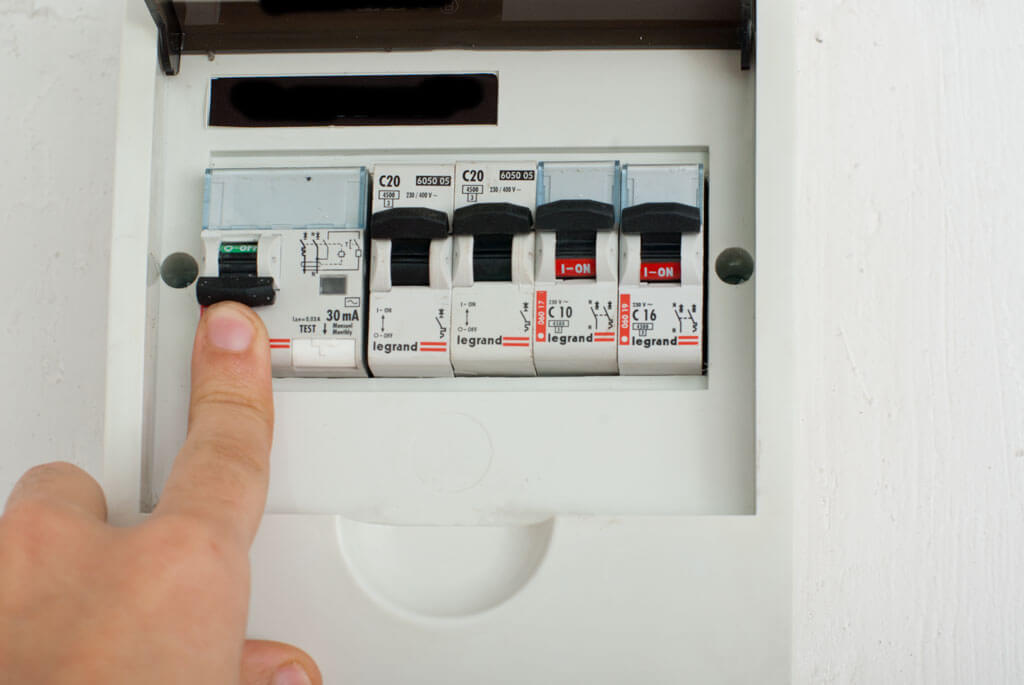
- Install the new sample relay on DIN railso that the housing is placed as close as possible to the opening circuit breaker after the counter.
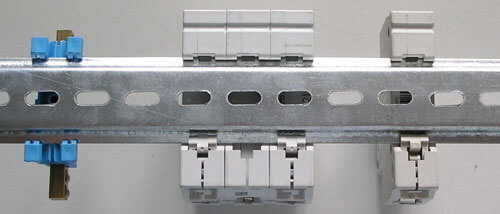
- Determine where the phase is on the machine, and where is zero using an indicator screwdriver.
- Cut the phase wire from the machine to the apartment (or house) on your own in the middle so that both parts of the wire can be connected to voltage monitoring relay.
- Connect the wire that comes from the machine with the cut-off end to the terminal labeled “IN”.
- Fix the remaining cut conductor in the “OUT” terminal. Thus, the current should flow from the input on the floor to the apartment wiring not directly, but through a protective relay.
- Using a small piece of electrical wire of suitable cross-section, connect the remaining “N” terminal to the zero bus in the switchboard. Ultimately, the connection diagram in a single-phase 220 Volt network should look like this:
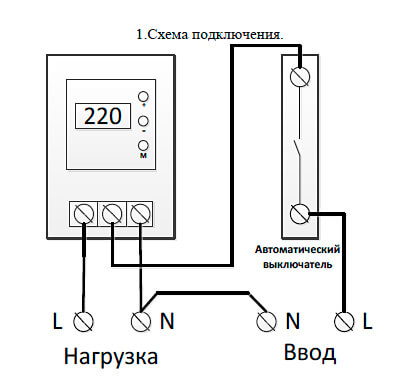
- Check the quality of all connection points and if the cores are firmly fixed in the connectors, turn on the power to the input circuit breaker.
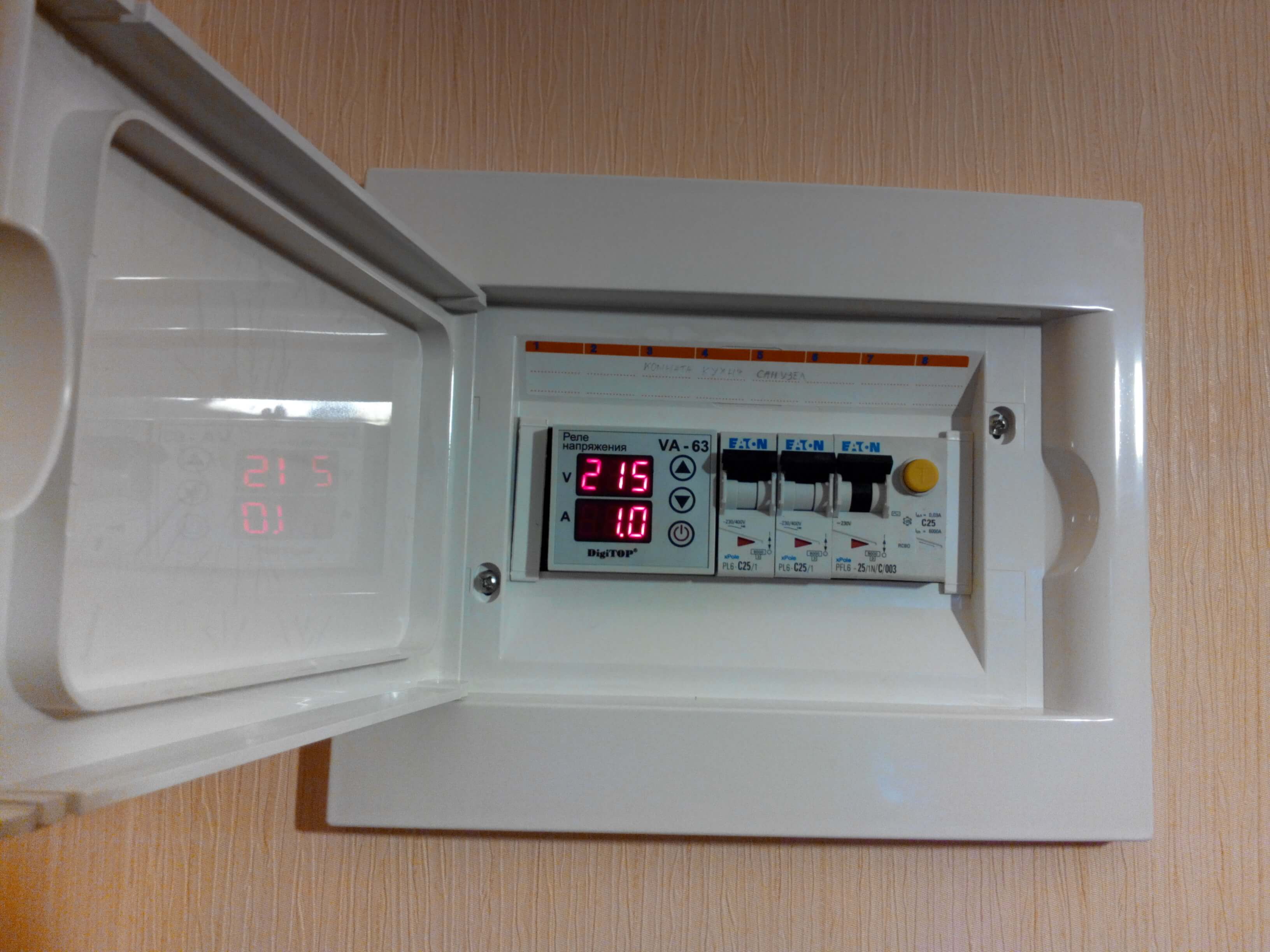
That's the whole technology of connecting a voltage relay to a circuit breaker with your own hands. As you can see, there is nothing complicated and even a kettle in an electrician can connect the device! We draw your attention to the fact that there are other types of protective relays of a new type, which can be represented by a product that looks like a tee with a digital display. This design option allows you to protect one separate electrical appliance in the apartment from overvoltage. Installing and connecting this protection option is not difficult, so we will not stop on this instruction!
It should also be noted that if you have a three-phase 380 Volt network at home and there are no three-phase consumers: a powerful refrigeration unit or a machine, it is better to connect a separate single-phase voltage control relay for each phase. If you need power from 380V, then be sure to connect the three-phase protective relay through a magnetic starter.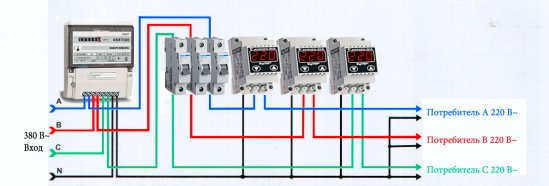
Also read:




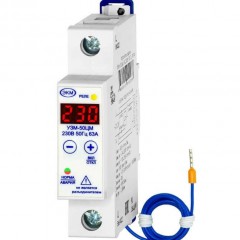
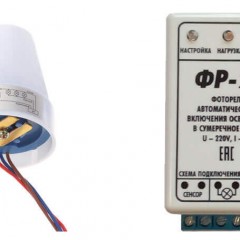


What is the minimum wire size for terminals 4 and 7 for RN-113?
The main reason for using a voltage relay is that in your home (with an outdated power supply system), a zero break occurs and, as a result, switching to a three-phase voltage (380 V), the voltage relay will help you out, but the stabilizer will not.